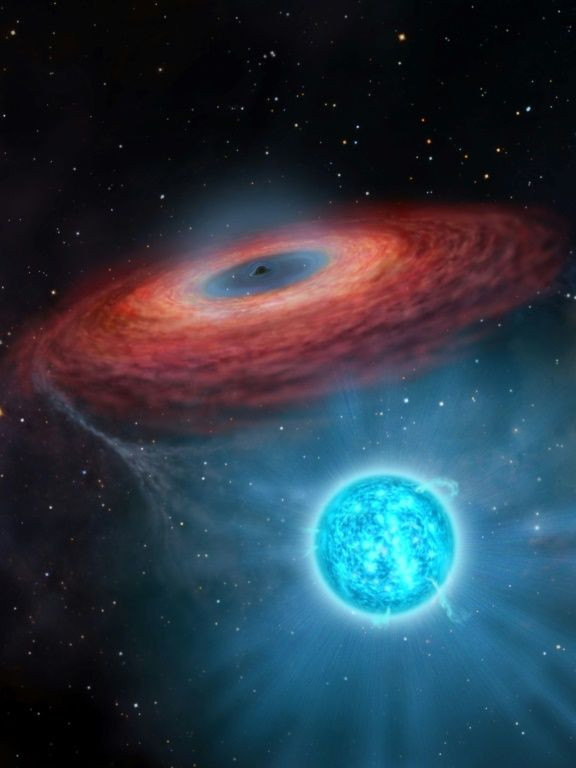Hubble Space Telescope Uncovers Missing Link In Black Hole Evolution

KEY POINTS
- Astronomers discovered a new intermediate-mass black hole
- IMBHs are the missing link in black hole evolution
- The IMBH was detected as it devoured a star
A team of astronomers was able to uncover the missing link in the evolution of supermassive black holes. They were able to make the rare discovery after catching a black hole in the act of devouring a nearby star.
Most scientific reports often focus on supermassive black holes and their smaller counterpart, the stellar-mass black holes. However, there is not much information about intermediate-mass black holes (IMBH).
According to astronomers, IMBHs are elusive cosmic objects because they are not as bright as supermassive black holes, which can be commonly found at the center of galaxies. For astronomers, IMBHs bridge the gap between the small stellar-mass black holes, which are formed following the collapse of a massive star, and supermassive black holes.
Through NASA’s Hubble Space Telescope, they were able to detect a rare IMBH. As noted by astronomers in a study published in the Astrophysical Journal Letters, IMBHs are generally hard to detect because they do not emit as much light as other black holes. However, as Hubble was looking through the universe, it detected an X-ray blast.
The space telescope was then able to trace the source of the X-ray blast back to a black hole, which produced a powerful emission as it consumed a passing star.
Using the glow of the shredded star and its spectral shape, the astronomers were able to determine that the black hole weighed about 50,000 times the mass of the Sun. This finding enabled the astronomers to classify the black hole as an IMBH.
According to the astronomers using these factors to determine the mass of a black hole is much more accurate than relying solely on X-ray emissions.
“This is much more reliable than using X-ray luminosity alone as typically done before for previous IMBH candidates,” Dacheng Lin of the University of New Hampshire and lead author of a study on the newly discovered IMBH said in a statement.
“The reason why we can use the spectral fits to estimate the IMBH mass for our object is that its spectral evolution showed that it has been in the thermal spectral state, a state commonly seen and well understood in accreting stellar-mass black holes,” he added.
© Copyright IBTimes 2024. All rights reserved.





















